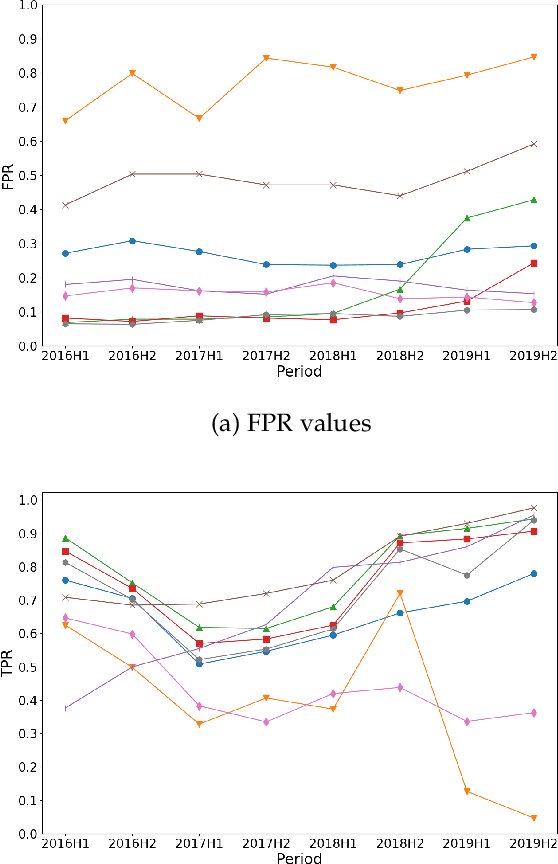Jose Miguel-Alonso
Light up that Droid! On the Effectiveness of Static Analysis Features against App Obfuscation for Android Malware Detection
Oct 24, 2023



Abstract:Malware authors have seen obfuscation as the mean to bypass malware detectors based on static analysis features. For Android, several studies have confirmed that many anti-malware products are easily evaded with simple program transformations. As opposed to these works, ML detection proposals for Android leveraging static analysis features have also been proposed as obfuscation-resilient. Therefore, it needs to be determined to what extent the use of a specific obfuscation strategy or tool poses a risk for the validity of ML malware detectors for Android based on static analysis features. To shed some light in this regard, in this article we assess the impact of specific obfuscation techniques on common features extracted using static analysis and determine whether the changes are significant enough to undermine the effectiveness of ML malware detectors that rely on these features. The experimental results suggest that obfuscation techniques affect all static analysis features to varying degrees across different tools. However, certain features retain their validity for ML malware detection even in the presence of obfuscation. Based on these findings, we propose a ML malware detector for Android that is robust against obfuscation and outperforms current state-of-the-art detectors.
Towards a Fair Comparison and Realistic Design and Evaluation Framework of Android Malware Detectors
May 25, 2022



Abstract:As in other cybersecurity areas, machine learning (ML) techniques have emerged as a promising solution to detect Android malware. In this sense, many proposals employing a variety of algorithms and feature sets have been presented to date, often reporting impresive detection performances. However, the lack of reproducibility and the absence of a standard evaluation framework make these proposals difficult to compare. In this paper, we perform an analysis of 10 influential research works on Android malware detection using a common evaluation framework. We have identified five factors that, if not taken into account when creating datasets and designing detectors, significantly affect the trained ML models and their performances. In particular, we analyze the effect of (1) the presence of duplicated samples, (2) label (goodware/greyware/malware) attribution, (3) class imbalance, (4) the presence of apps that use evasion techniques and, (5) the evolution of apps. Based on this extensive experimentation, we conclude that the studied ML-based detectors have been evaluated optimistically, which justifies the good published results. Our findings also highlight that it is imperative to generate realistic datasets, taking into account the factors mentioned above, to enable the design and evaluation of better solutions for Android malware detection.
 Add to Chrome
Add to Chrome Add to Firefox
Add to Firefox Add to Edge
Add to Edge